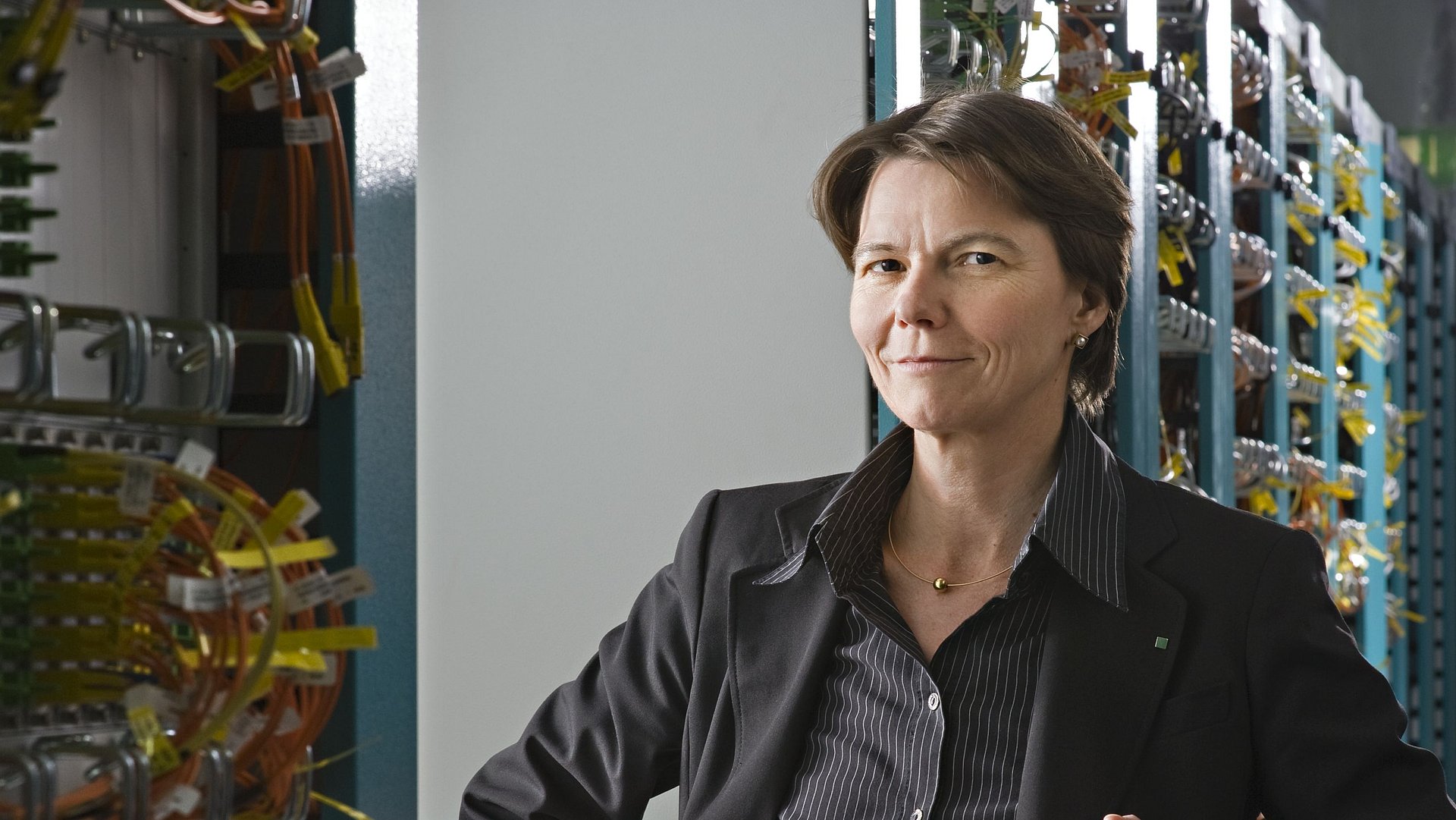The Technical University of Munich (TUM) and Google are further expanding their existing partnership. The California-based company is providing the TUM University Foundation with a total of 1.2 million US dollars for scientific research in the areas of Privacy, Safety and Security. Google's own global Safety Engineering Center is located in Munich; Google has been a TUM "Partner of Excellence" since 2018.
 Astrid Eckert / TUM
Astrid Eckert / TUM The donation will finance a new TUM Innovation Network led by IT specialist Prof. Claudia Eckert and will focus on the topic of Cybersecurity. As one of the core measures of the TUM Agenda 2030 and part of the Excellence Strategy of the German federal and state governments, transdisciplinary scientific teams in the TUM Innovation Networks explore future-oriented research questions and delve into high-potential innovation fields at the interfaces of classical disciplines.
Protecting society from cyber-attacks
TUM President Prof. Thomas F. Hofmann observes: "Entirely in keeping with the spirit of our Human-Centered Engineering approach, we are making significant investments in research on data protection, security and protection of privacy. The donation from Google will let us considerably strengthen our efforts with the TUM Innovation Network Cybersecurity - in the interest of protecting individuals, institutions and our society at large."
Dr. Wieland Holfelder, Vice President Engineering & Site Lead Google Munich, adds: "Protecting users and global IT systems from increasingly frequent cyber-attacks will require companies to collaborate extensively with the political sector as well as with research and science. We are pleased to be able to promote the new TUM Innovation Network Cybersecurity with our support. The topics of data protection and data security have been rooted in Munich for many years, in particular in the form of our local Google Safety Engineering Center."
Bavarian Minister of Science and the Arts Markus Blume says: "Two global players, one unique partnership. With Google's support, TUM can now intensify its research on data protection, security and privacy protection even further. We in Bavaria take the implications of the digital transformation very seriously. Digital sovereignty doesn't work without security. Digital security is not only a technical necessity, it is the duty of a democracy."
Years of partnership
The new support from Google further cements its many years of partnership with TUM. The two entities collaborate in the fields Artificial Intelligence, Machine Learning, Computer Vision, Robotics and Quantum Computing, among others. In 2018 Google was the first non-European company to become one of TUM's Partners of Excellence. Furthermore, since 2022 Google has supported TUM initiatives promoting women on their career paths oriented towards the STEM subjects Science, Technology, Engineering and Mathematics.
TUM Innovation Networks
To date there are three Innovation Networks at TUM: CoConstruct, EarthCare and GoTransTech were founded on October 1, 2022. These initiatives strengthen the TUM leadership claim in the vanguard fields of engineering sciences and reinforce its holistic approach by integrating economics, humanities and the social sciences.
About Google
Google's mission is to organize the world's information and make it universally accessible and useful. With products and platforms such as Search, Maps, Gmail, Android, Google Play, Chrome and YouTube, Google plays an important role in the daily lives of billions of people and has grown to become one of the most widely known companies in the world. Google is a subsidiary of Alphabet Inc.






